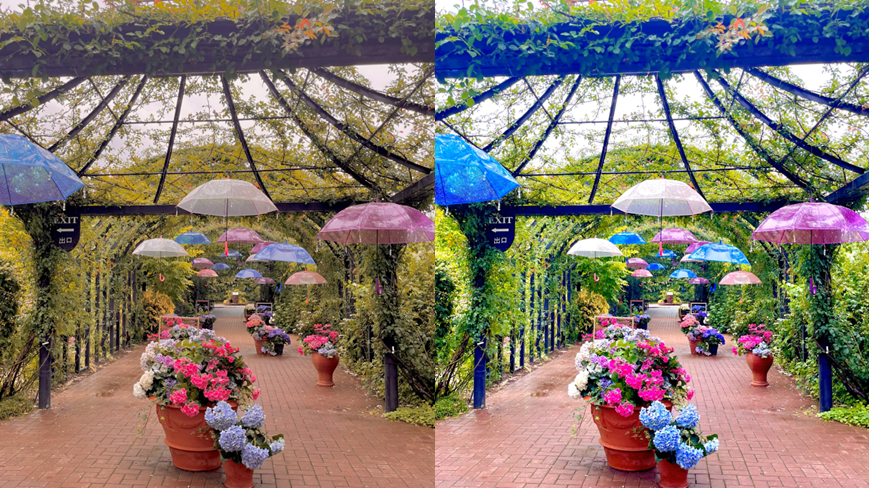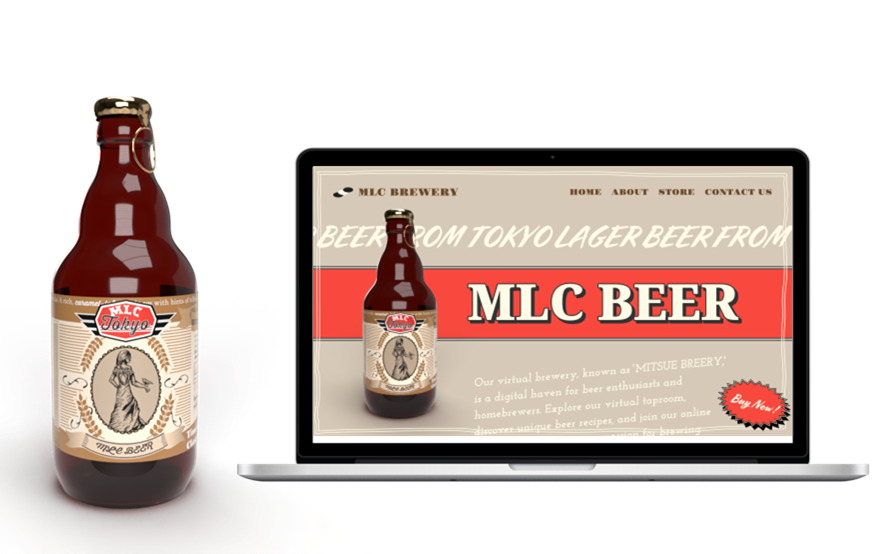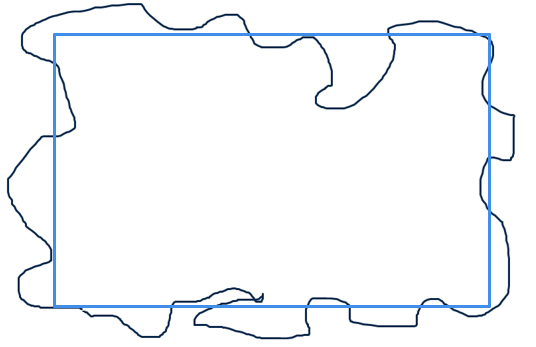Understanding Future Generations - Part 1: Mental Molds
Honoka SumidaLives and values are changing immensely as technology continues to advance. At the forefront of these changes are younger generations, who bring new perspectives and shape society and markets in new ways. It is vital to understand these generations and learn how to appeal to them in order to adapt to these changing times and create better designs for the future. However, this is easier said than done. This blog will explore key considerations when attempting to accurately capture the perspectives and values of younger generations.
A Generation Z Japanese slang word
To illustrate the challenge of understanding new generational values, let’s look at a popular slang term among Japanese youth: emoi (eh-moy). This word is said to have originated from the English word “emotional,” but for Japan’s Generation Z, emoi carries a wide range of meanings. Let’s look at a few examples.
Take a look at these two pictures of pudding at a café. A Gen Z person would likely say that the left picture is emoi, while the right one is not.

Cafe style pudding
Now, consider these photos of a train station platform. Again, the left image could be described as emoi, but not the right one.

Train station platforms
Finally, here are two nearly identical images. Yet, only the left one is considered emoi.

Flower garden with different filters
What do you think? Do you understand what qualifies as emoi and what doesn’t?
Other generations struggle to understand emoi
Many of you might be thinking that emoi seems difficult to define. This ambiguity has led some Japanese companies to incorporate emoi into their marketing strategies in an attempt to appeal to Gen Z. However, these efforts often fail, suggesting that the concept is likely difficult for them to grasp.
Let’s take a look at one example. A beer company, noticing that younger generations were drinking less beer, decided to use emoi in their marketing. They designed a beer bottle they hoped Gen Z would perceive as emoi and launched a campaign encouraging consumers to post photos of it on social media. The most emoi-esque photos would win prizes.

Retro beer bottle design
Unfortunately, the campaign did not resonate with Gen Z. Instead, the majority of participants were from older generations. This approach didn’t align with the true essence of emoi. It was too forced, too obviously trying to appeal to younger audiences, making it feel unnatural.
At a first glance, the campaign seemed to have properly understood and apply the concept of emoi, so why did it end in failure? Let me explain.
Challenges in understanding new values
The gap in understanding is due to the habits people tend to fall into when trying to understand something new, like the values held by younger generations. We refer to this characteristic as cutting shapes from our mental molds.
Seeing what you know so far about the word emoi, how would you describe it? When this question was posed to unfamiliar generations and non-Japanese speakers, we heard plenty say it seems similar to the English words “retro” or “nostalgic.” Since retro aesthetics and vintage trends are familiar to all generations, it’s easy to assume they are the same as emoi. This is where the problem arises. When we want to understand a complex or unfamiliar concept, we sometimes replace it with similar and more familiar concepts.
A personal anecdote further illustrates this point. There’s a traditional piece of clothing in Japan called a hakama. I had a conversation with one of previous colleagues from the US who said that they think it’s similar to a kimono (another type of traditional clothing). I originally agreed with this as hakama and kimonos have many things in common and really have very little differences.
However, she later told me about how she wore a hakama to her friend’s wedding here in Japan. The other guests were wearing kimonos, so she was the only wearing a hakama. She explained how she felt very out of place and a little embarrassed. The fact is, kimonos and hakama have detailed and complex differences in the occasions and rules for wearing them. Not understanding the differences and thinking them one and the same, resulted in this cultural misunderstanding. Similarly, thinking that emoi and retro are the same thing can do the same. In other words, if we ignore the complex differences between emoi and retro, we oversimplify its meaning, which can lead to misunderstandings.
Stages of cutting from a mental mold
1. As previously mentioned, emoi is a concept that is difficult to clearly define. Imagine it looks like the following figure; something that has a unique outline and complex irregularities.

The shape of emoi
2. Now let’s say we replace the concept of emoi with the concept of retro, which feels similar. As shown in the following diagrams, this results in the shapes overlapping and diverting from the original shape of emoi.

The shape of retro

The shapes of emoi and retro overlapping
As we can see, the unfamiliar concept of emoi becomes somewhat clearer and easier to understand.
3. However, what are we also doing at the same time? To help paint a picture, imagine using a cookie cutter to cut out a shape from some cookie dough. The part of the dough that fits inside the “mold” is left behind, while the parts that don’t are cut off, leaving the final shape of the dough with the same shape as the mold.
In the illustration below, the “retro” mold cuts through emoi and only the elements of emoi that are similar to retro remain. Anything outside of that is cut off and emoi is then treated as the same as the word retro—the uniqueness of emoi is lost.

The unique parts of emoi being cut from the “retro” mold
4. As a result, people end up feeling like they understand the concept of emoi but aren’t actually sure about the detailed differences between “it” and retro. This state of believing they understand without all the pieces is leading to gaps in their understanding.
Why we are predisposed to mental molds
Why do we instinctively fit new concepts into familiar molds? Our mental molds consist of the knowledge and experiences we’ve accumulated. The more we know, the more likely we are to rely on these molds when interpreting new ideas. The most obvious factor in having a large amount of existing knowledge and experience is age. The older you become, the more knowledge and preexisting concepts you naturally have. In addition to age, the following factors also increase our mental molds:
- Life experience: Trying new things, taking on challenges, or exploring different interests, regardless of age, shapes the way we think and understand the word.
- Roles: The more we engage in different situations and take on more responsibilities and choices, the more knowledge we gain.
- Perspective: Creating, problem-solving, or even observing from a different angle increases our own understandings and feeds our existing knowledge.
While this isn’t inherently negative, it does mean that even today’s younger generations will eventually develop their own mental molds as they age.
Key takeaways
- It’s important to understand the values of our newer generations as they are at the forefront of a complex and changing world.
- Newer generations values and unfamiliar and many are difficult to correctly understand.
- When attempting to understand new things, people tend to use their existing knowledge and concepts. In doing so, people cut from their mental molds and makes it nearly impossible to correctly understand something.
In part 2 of this blog, I will discuss how we can avoid this tendency and better understand the values of younger generations as they are with examples from the perspective of UX research.
Author’s note: This blog is about Mitsue-Links’ presentation at the 2023 UX Masterclass Conference in Zargoza, Spain. UX Masterclass is sponsored and coordinated by UXalliance.
